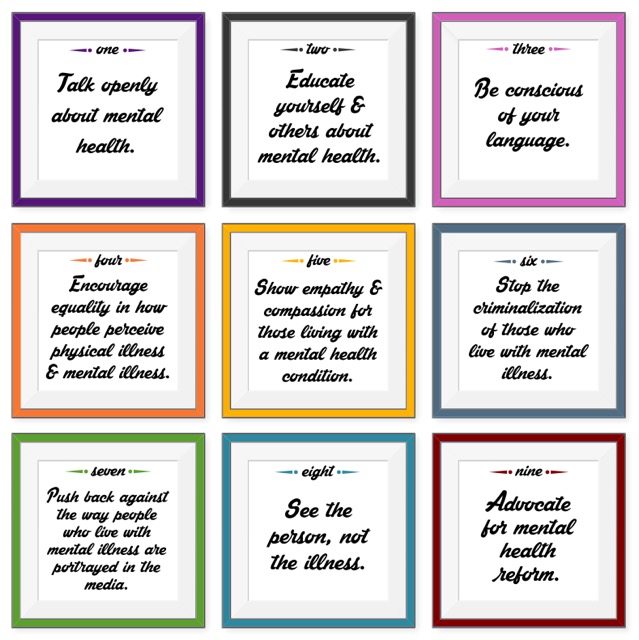Member spotlight on Julia Dural! Read more about her here, and remember to vote in the TX primary runoffs on July 14!
I’m not one to really brag about myself, but I was fortunate enough to be have been a part of the Immigration Clinic, which honestly has been my most important and memorable law school experience so far.
Before I dive into it, I want to explain why I did the Immigration Clinic. At the age of 9, I, along with my mom and sister, immigrated from the Philippines to the United States. My dad had been here about two years prior already working. All my of family members are literally beneficiaries of the 1965 Immigration Act. Because of this huge need for engineers in the US in the 2000’s, US employers were hiring from all over, including the Philippines. My dad happened to *come by* a line at the US embassy where they were hiring, thought he would give it a shot, and ended up getting hired. His new employer sponsored his visa, and was willing to sponsor the rest of the family’s too. We all were able to get into the US quickly with no problem. We were incredibly lucky to have that because not everyone can say the same.
The clinic experience quickly showed me just how privileged I was to have the easy entry that I had. My partner and I represented clients who were asylum seekers. They traveled through continents for months to escape persecution and seek refuge in the US. Instead of being helped, they were detained in an immigration detention center for months. With the help of our clinic supervisor, we successfully defended our clients in immigration court.
This experience taught me just how much of a difference having an advocate makes. Most people in immigration court don’t have any representation. And the asylum process, for one, is quite arduous. A person in detention can’t possibly be expected to complete an asylum application with the necessary affidavits and country condition research. English speaker or not, all applicants are expected to complete all of this in english. Having an advocate also means having a person you can rely on: a friend, someone who can understand or is willing to understand what you’re going through.
With our education and position of privilege, there is so much we can do to advocate for others, especially those who don’t necessarily have the ability to do so. And advocacy is intersectional. As AAPIs, we have a duty to educate ourselves about our own history and realize the privilege we have in this country. It’s critical we support our Black and Brown sisters and brothers in their fight for justice and equality. We celebrate the recent Supreme Court decisions in favor of DACA and the LGBTQ community. We pay attention to the officials and institutions that charged George Floyd and Ahmaud Arbery’s murderers, that eliminated police departments, and provided COVID-19 testing and various resources to communities in need. We also pay attention to those that didn’t.
Stay in the know and continue to advocate. Make sure you’re registered to vote. Actually get to know all the candidates and initiatives before you go vote. Apply for your absentee ballots. And VOTE at your local and national elections!



 Member spotlight on… Nathan Simmons, former public interest chair of APALSA and rising 3L!
Member spotlight on… Nathan Simmons, former public interest chair of APALSA and rising 3L!



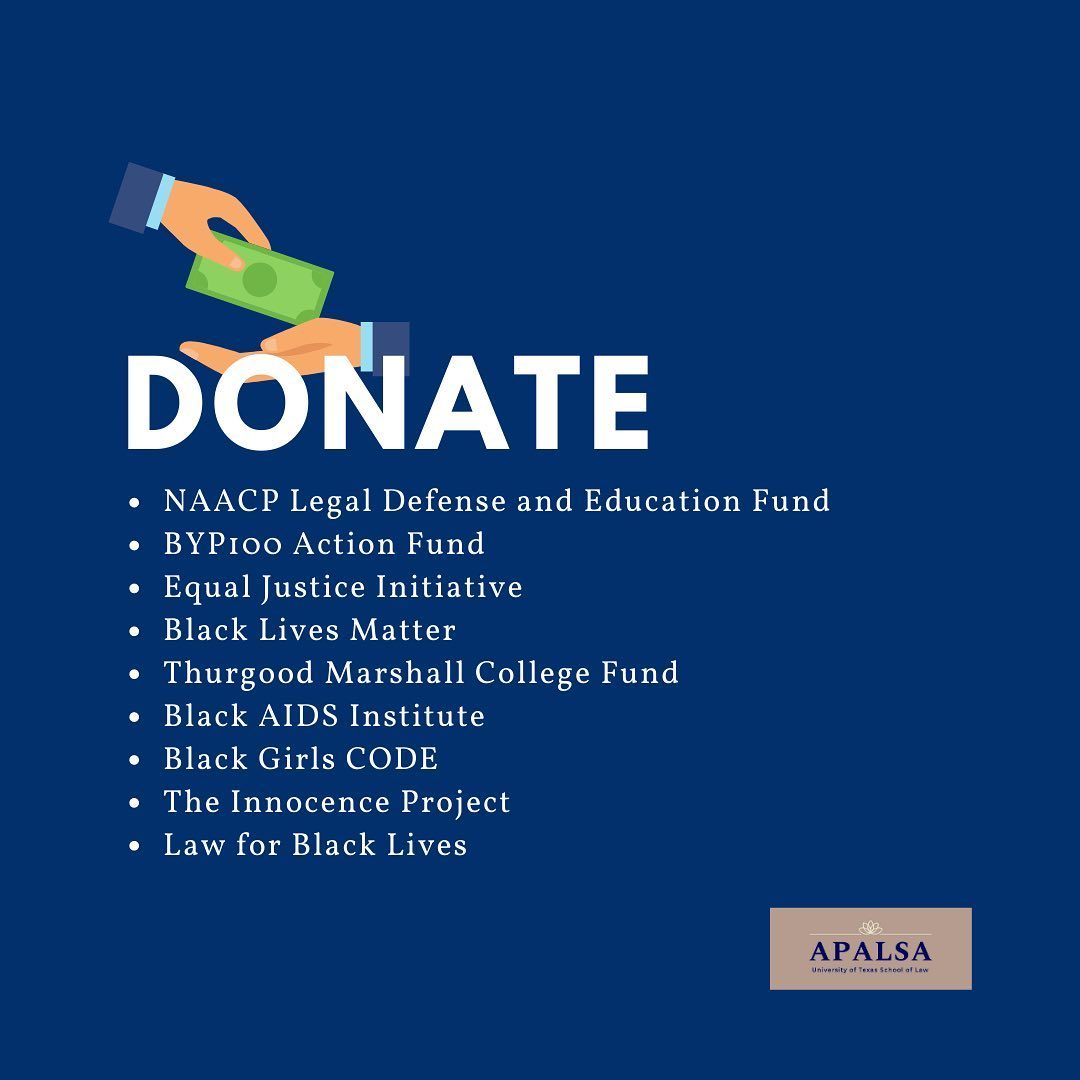

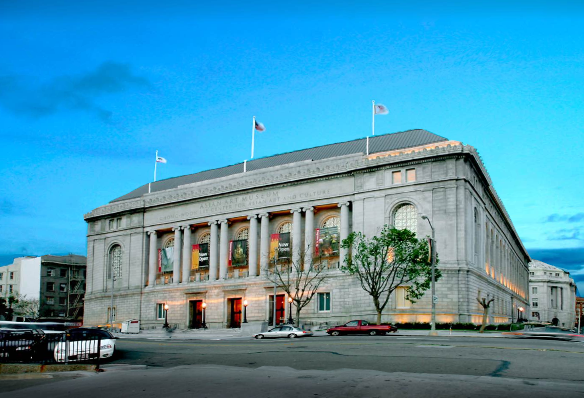
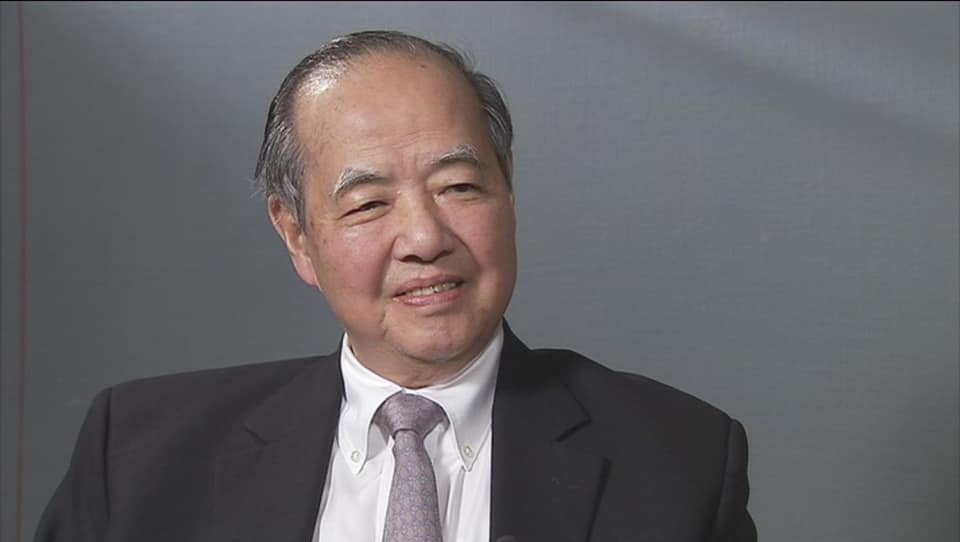

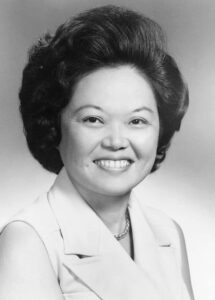

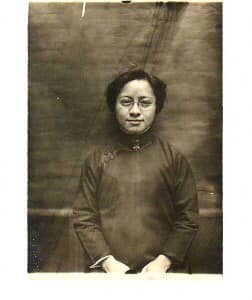
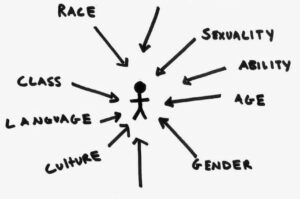 There are various layers of social stratification that can combine to disadvantage some people and create disparities in access to mental health care.
There are various layers of social stratification that can combine to disadvantage some people and create disparities in access to mental health care.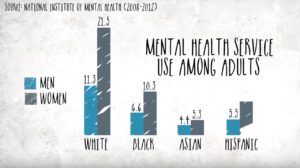 Some racial and cultural groups have stigma about their own members having mental illnesses and accessing mental health care.
Some racial and cultural groups have stigma about their own members having mental illnesses and accessing mental health care.
